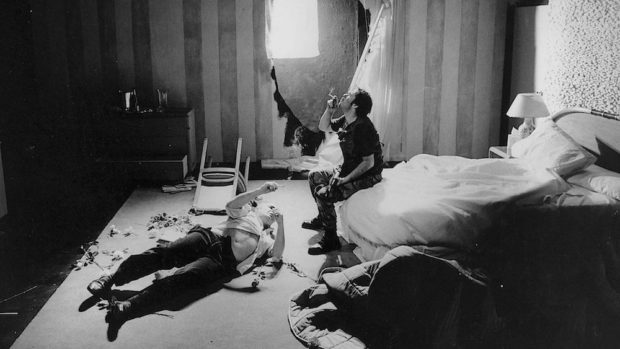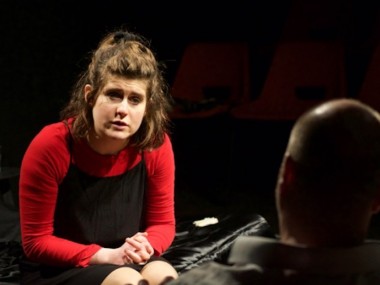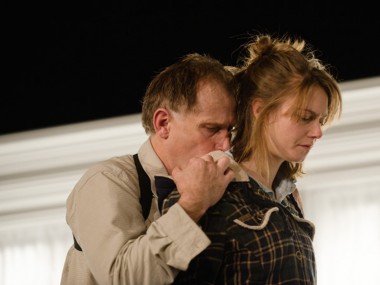Blasted ethics
Thursday 1st February 2024

At some point in Waiting for Godot, Samuel Beckett writes that “habit is a great deadener”. If our ethical sense depends on an openness to feelings of empathy and compassion, as well as an imaginative and an intellectual sense of new possibilities, then habit really can dull our moral responses. For example, when Sarah Kane’s shocking play, Blasted, first opened back in 1995, it was easy to see that this explicitly violent and disturbing play was a wake-up call. The details of the atrocities that its characters recount were clearly based on the war and genocide in Bosnia and the former Yugoslavia, and the play was surely intended to counter the glamorisation of violence in the cinema of the time. Think Quentin Tarantino. Although Kane sternly rejected the label of being a moralistic playwright, she certainly had a profound and uncompromising feeling for what was right and what was wrong. Glamorisation of violence was wrong; the truth was right.
Since then, most commentators on the work of Kane and on Blasted, myself included, have unquestioningly accepted the implicit reasoning behind her theatrical project: that our habitual complacency has to be disturbed in order for us to accept the unpleasant truth that war is barbarism. Not heroic. But this point of view has been repeated so often that it has itself become habitual, an example of Beckettian deadness. So what is it that has been excluded from our thinking by this kind of repetition?
In the context of the new millennium, it is clear that one aspect of Kane’s work has been underestimated: you could call this the attack on the humanistic body. If there is one stage image that recurs repeatedly in Kane’s work, it must be that of the mutilated body. In fact, in 1990s British drama in general the human body seems to hunger for pain, disfigurement and amputation. In this regard, it is interesting and fruitful to read, to give just one example, Paul Virilio’s Art and Fear (2003). In this small book, he argues that 20th century modernist art first twisted and tortured the human form in art, and that this made it easier for states and their armies to destroy real humans in a century where mechanisation made mass killing easier than ever before. Before you can destroy human beings in reality, you have to mangle them in the realm of representation. In a world where the body is still represented as in torment, whether by Damien Hirst or the Chapman Brothers, Kane’s work sits provocatively in a spectrum which ranges from the video nasties (such as the aptly named Cannibal Holocaust) all the way to the live art of Franco B.
With all this in mind, the ethical problem is that Blasted can surely be read as both a denunciation of the horrors of war and a domestication of them. The play is not an example of brutalism, nor does it brutalise the audience, but — perhaps, and ironically — its effect in the culture might have been to help habituate us to extreme violence. And this habituation in culture might aid power to prepare us for even greater brutality in the real world. War becomes more acceptable, because more familiar. Our hunger to know more about extreme human behaviour might lead not to outrage, but to satiation. The ethical question would then be: is it enough to characterise any play as either/or good/bad? Surely, the complexity of theatre, and of audience reaction, is such that our habitually binary “either/or” thinking should be replaced by a “both/and” point of view?
© An earlier version of this article appeared as “Blasted Ethics”, Performing Ethos, vol 1: 1 (2010): pp 111-12.





1 Comment
on Monday 26th February 2024 at 4:56 pm